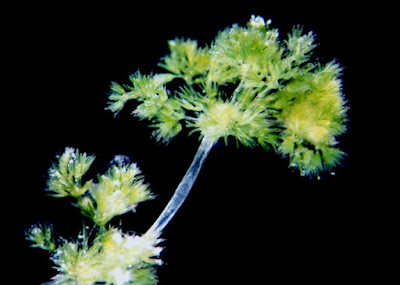From ground hugging to sky scraping. The rise of seedless vascular plants.
The evolution of seedless vascular plants towards the end of the Silurian period, 425 million years ago, allowed for the re-transformation of the pre-historic landscape. Originally desolate, then gradually filled with vertically challenged, ground hugging bryophytes; The rise and prominence of seedless vascular plants allowed for rigidity & vertical growth, which had previously eluded the first permanent land dwelling flora (Evert, Raven & Eichhorn 2013). As we’ve learnt from previous posts, both charophytes and bryophytes lacked vascular tissue. This inevitably restricted their ability to grow vertically, but also radiate in their new found terrestrial environment without the constant availability of surface or ground water (Willis & McElwain 2014). So, what enabled seedless vascular plants to rise above their non-vascular counterparts, and successfully dominant the Silurian-Carboniferous landscape? One of the most significant evolutionary innovations, along wit

